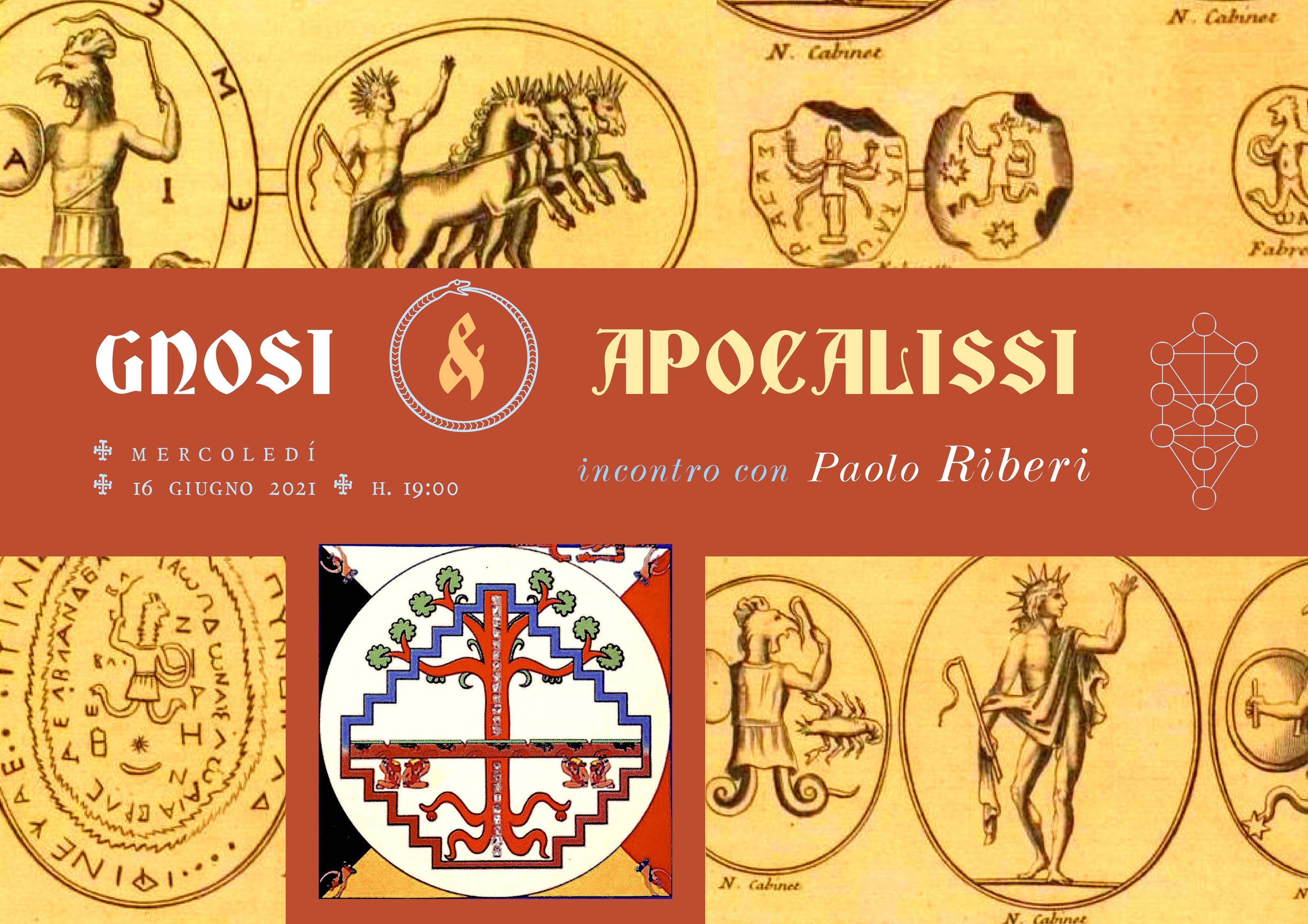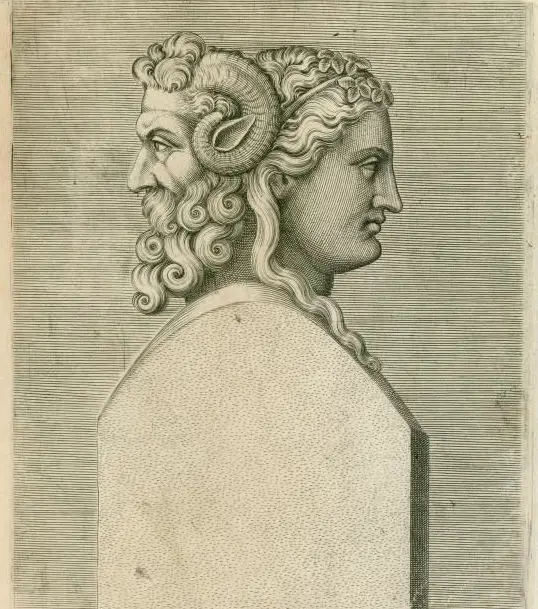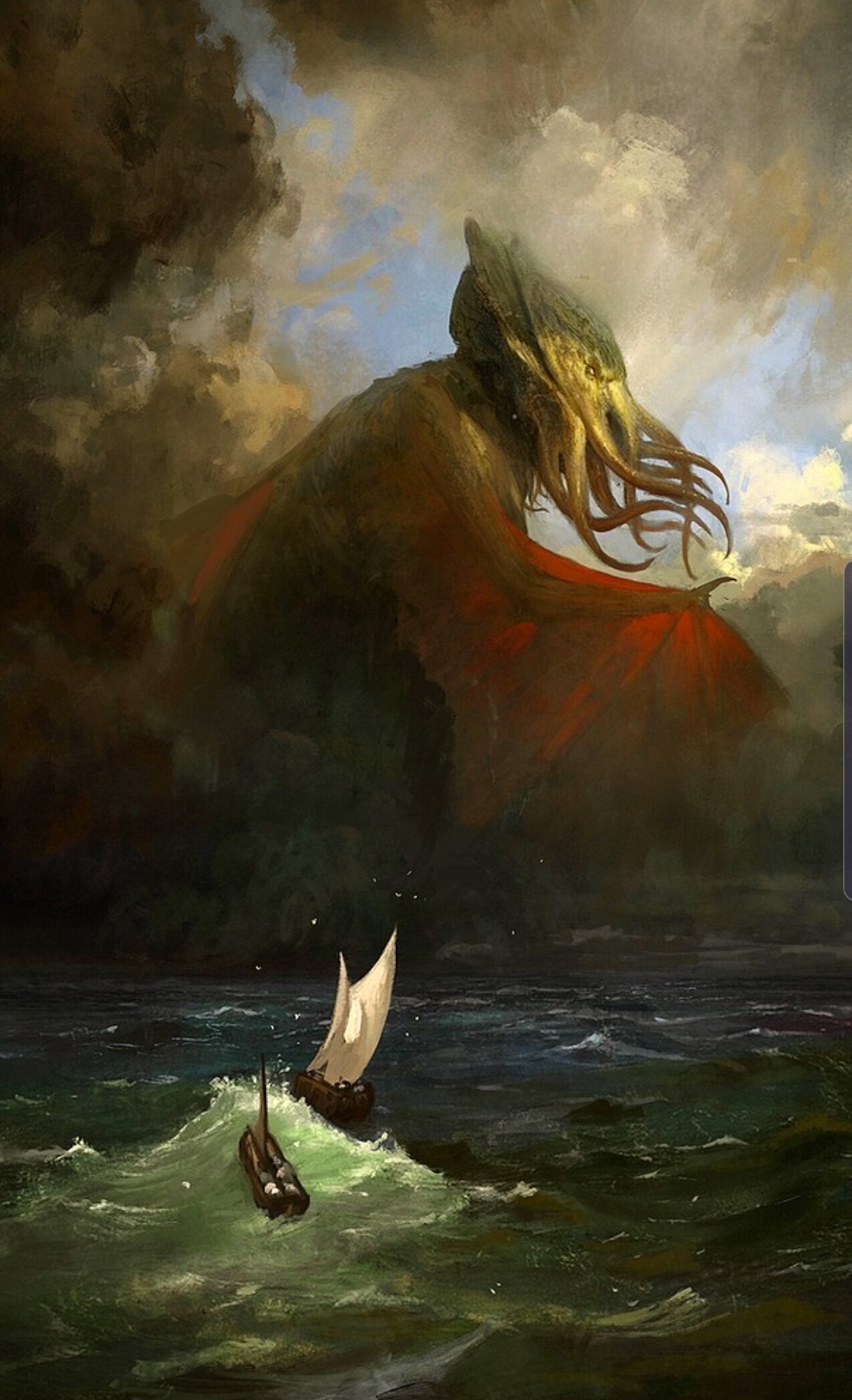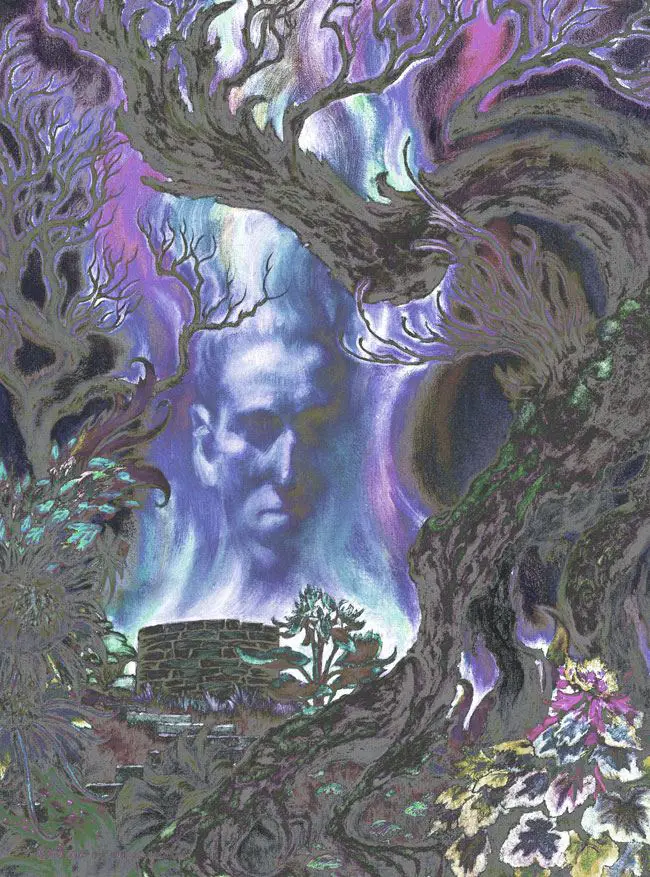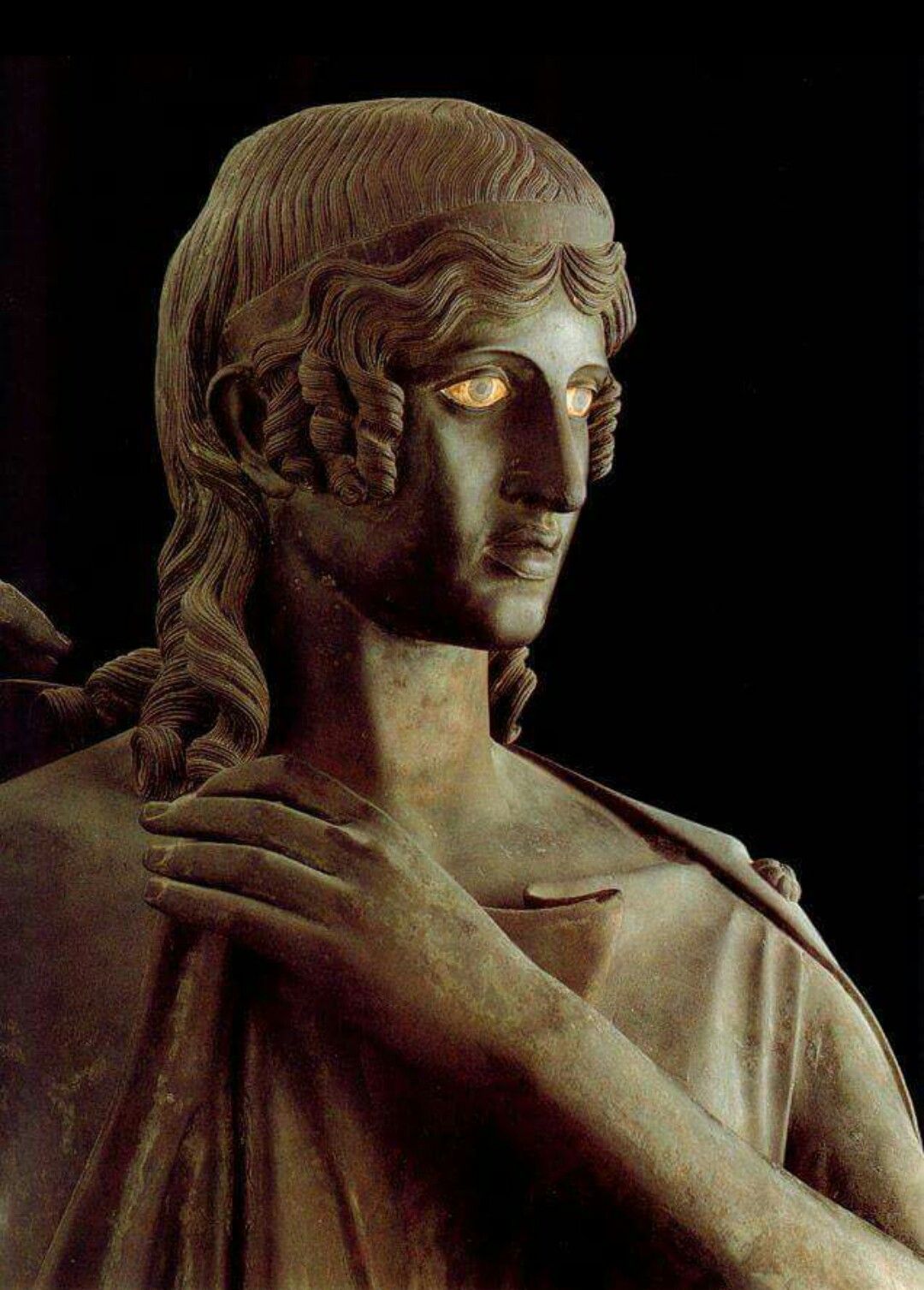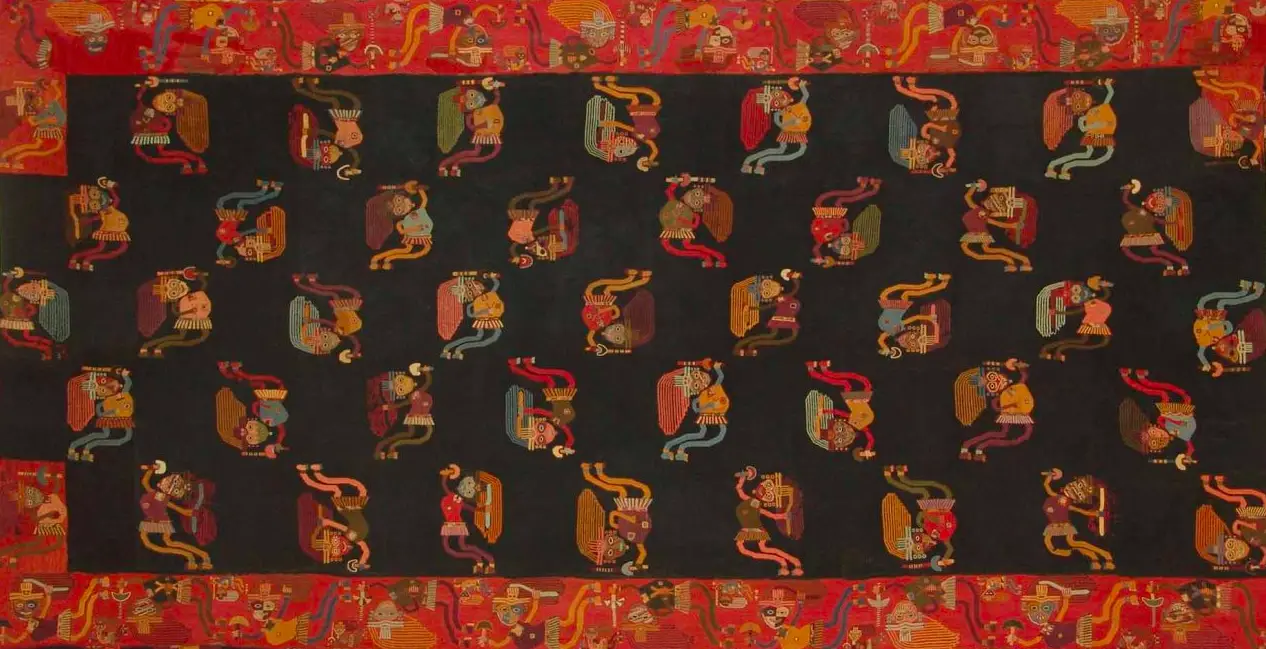The second appointment of our new series of online conferences and presentations will be broadcast on our YouTube channel on Wednesday evening at 19:00. This week Paolo Riberi, author of the essays, will be with us "Abraxas: the magic of the drum" (Mimesis, 2021), "Red pill or black lodge?" (Lindau, 2017), "The Apocalypse of Adam" (Lindau, 2013), "Mary Magdalene and the others" (The Age of Aquarius, 2015) and "The Gnostic Apocalypse of Light" (Esther, 2020) .
Tag: Apocalypse
The symbolism of the two solstices, from two-faced Janus to the two Johns
The ancient solstitial cult, centered on the figure of two-faced Janus, was "Christianized" around 850 and included in the liturgy with the names of the two Johns: St. John the Evangelist on December 27, at the winter solstice and St. John the Baptist on June 24, at the summer solstice. On the other hand, the initiatory doctrine had recognized in the symbolism attributed to the Saints a coincidence of images with the pagan divinity, which went beyond the merely occasional datum.
"When the stars will be right": HP Lovecraft between prophecy and Apocalypse
In tales such as "The Call of Cthulhu" (1926) and "Nyarlathotep "(1920) Howard Phillips Lovecraft foresaw the crisis of Western civilization that we are witnessing today, a century later: from this point of view, the boundless sequence of horrendous crime reports, spy of a world in prey, should be framed to an incurable and pervasive anguish, in which the seasons have altered their natural cycle and in which wars and revolutions follow one another continuously, throwing humanity into a situation of apparently irreversible crisis, destined to lead, "when the stars have returned to the right position ”, in a“ New Dark Age ”.
Mircea Eliade: "Cosmic cycles and history"
"Even within the framework of the three great Iranian, Jewish and Christian religions, which have limited the duration of the cosmos to a certain number of millennia, and affirm that history will definitively cease in illo tempore, there are traces of the ancient doctrine of the periodic regeneration of history »: Very ancient doctrine that Eliade, in his essay“ The myth of the eternal return ”, finds in the Babylonian, Hindu, Buddhist, Germanic and Hellenic tradition.
Chronicles of the End: from Machen's “Terror” to Lovecraft's “Color”
On the occasion of the 83rd anniversary of the death of HP Lovecraft, which took place on March 15, 1937, and given the period of stasis we are experiencing, what better occasion to reread one of his most terrifying stories, "The Color came from Space", light the parallels with another apocalyptic novel released more than a century ago that today seems so prophetic, Arthur Machen's “The Terror”?
Apollo the Destroyer: "coincidentia oppositorum" in hyperborean mysticism and eschatology
Although mostly considered in his "luminous" and "uranic" meaning, in the archaic tradition Apollo combines the most extreme dichotomies in his mystical and eschatology: the bow and the lyre, wisdom and "mania", depth and elevation, the catabasis and the journey in spirit to the White Island, the "Fall" of Being and the return of the Golden Age. Starting from ancient sources, we can find similar concepts not only to those of North Asian shamanism and Celtic spirituality, but even to the sacred vision of some modern poets — like Blake, Shelley and Yeats - whose Apollonian chrism will appear clearer to us if we analyze their “Weltanschauung” in the light of the Platonic and Heraclitean doctrines.
A Science in Tatters: Survival of the Doctrines of Cyclic Time from the Timaeus to the Apocalypse
di Andrew Casella
cover: William Blake, illustration for Dante Alighieri's Divine Comedy
In the first article of this cycle [cf. Cyclic time and its mythological meaning: the precession of the equinoxes and the tetramorph], we have said that, at regular intervals, due to the precession, some alternations of constellations occur in the four cardinal points of the year. This is the reason why the sacred texts speak of certain "catastrophes" that determine some "submergence" of an old "earth" and the rise of a new one (at least up to a certain time in history). Each age of the world has its "earth", that is its ecliptic plane, delimited by the equinoxes and solstices, which emerges from the "sea", that is, from the demarcation plane of the celestial equator. When the points of the year are determined by other constellations, a new "earth" rises on the horizon, while the old one sinks below sea level.
Cyclic time and its mythological meaning: the precession of the equinoxes and the tetramorph
di Andrew Casella
It will certainly not go unnoticed by those who are at least a little accustomed to sacred science, a Christian symbol that has always stood out on the facades of churches, adorns manuscripts and is even found on a tarot blade: the tetramorph. This symbol draws its origin from the famous vision of Ezekiel (Ez. 1, 4-28) which St. John later poured into his own Apocalypse. These are four figures that surround the throne of God: the first has the appearance of a lion, the second of a bull, the third of a man and the fourth of an eagle in flight (Ap. 4, 7). Traditionally, these strange figures (which the Apocalypse calls the "Living") are attributed a literary value: in fact, they are the four evangelists, Matthew, Mark, Luke and John. These figures, however, as mentioned, can be found (even more strangely, one might say) also on a tarot blade, and precisely the number XXI, which designates the world.
Pachacuti: cycles of creation and destruction of the world in the Andean tradition
di Marco Maculotti
cover: Paracas culture textiles (coastal Peru)
A central concept in the Andean cosmogonic tradition is the belief in regular cycles of creation and destruction that would initiate and end the various cosmic eras. Time was conceived in a circular way; according to this doctrine, it had only two dimensions: the present (Kay Pasha) which at its end leads to the "ancient time"(Nawpa Pacha), from which we will return again to the present time [Carmona Cruz p.28].
This doctrine, comparable to that of the Indian Yuga and to the Hesiodic one of the ages, is based on a principle of cyclicality that would govern everything in the cosmos and which is called by the Andean tradition pachacuti, literally "a revolution, a procession of space and time". With this term, in the myths, a series of catastrophic events are described that foresee the general destruction of the humanity of the sky and its subsequent replacement with a new humanity - see the myths of origin of Lake Titicaca, in which it is said that Viracocha exterminated a previous race of giants with the flood or with a rain of fire to then create a subsequent humanity, the current one [cf. Viracocha and the myths of the origins: creation of the world, anthropogenesis, foundation myths].

